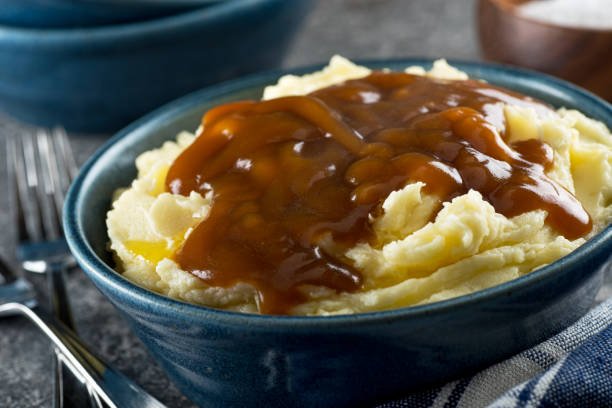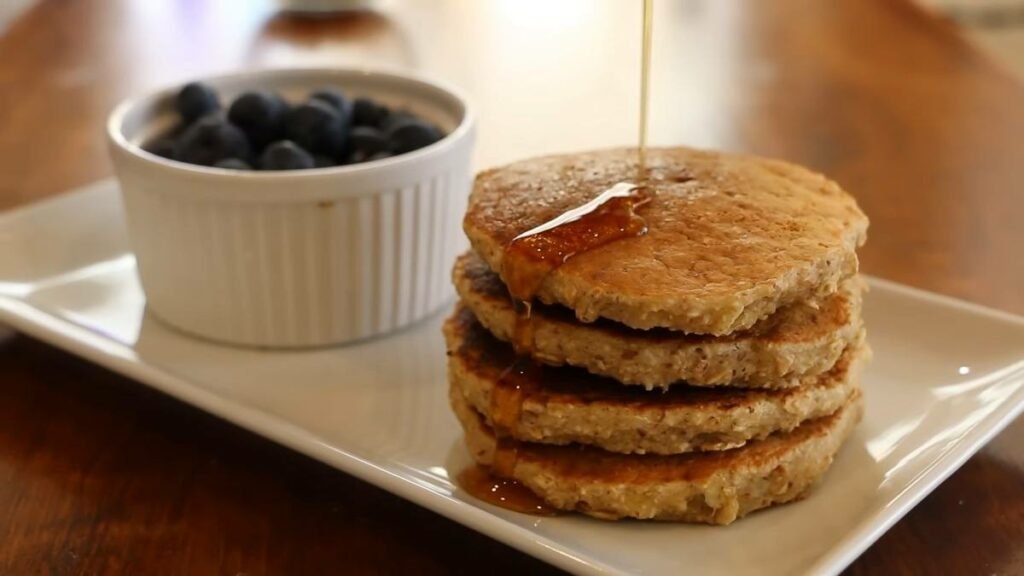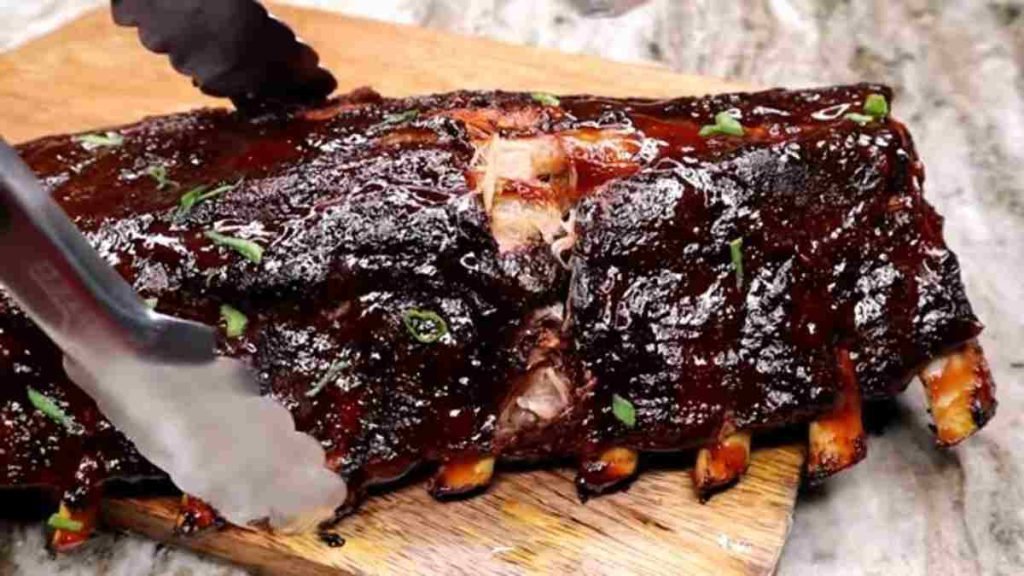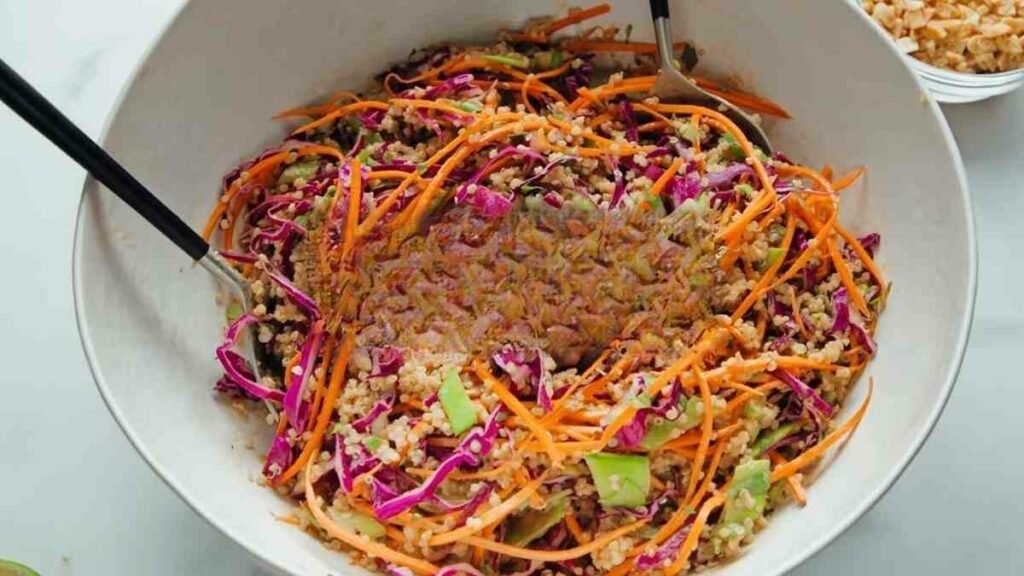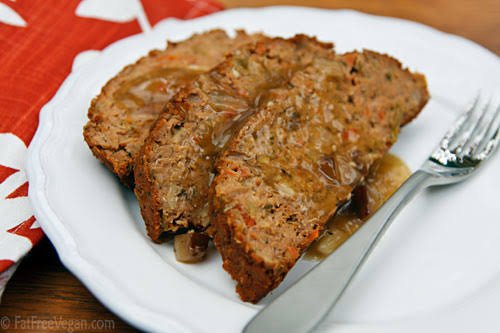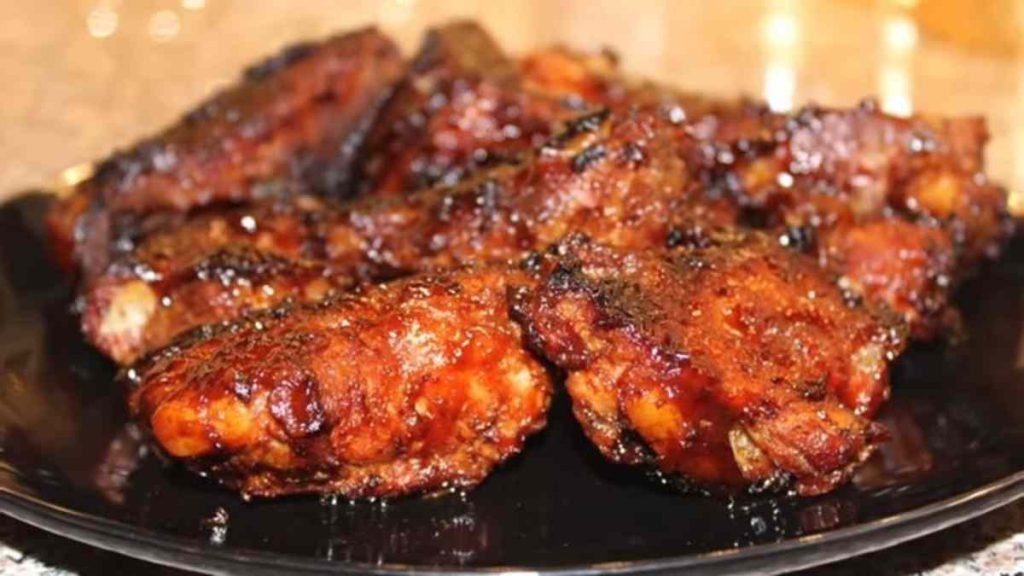If you’re a vegetarian with gluten sensitivity, finding a gravy recipe that meets your dietary restrictions can seem like an impossible feat. However, fear not, as we have a recipe that is not only gluten-free but also vegetarian-friendly.
Gravy is a staple for any holiday meal, and it’s often the star of the show. With this recipe, you don’t have to sacrifice flavor or tradition to accommodate your dietary needs. Whether you’re making mashed potatoes, roasted vegetables, or a veggie loaf, this gravy will complement your dish perfectly. Plus, it’s a great way to add a boost of nutrition to your meal. So, without further ado, let’s dive into the recipe and learn how
Ingredients You’ll Need
- 1/4 cup unsalted butter (or dairy-free alternative for vegan option): The butter adds richness and a smooth texture to the gravy.
- 1/4 cup gluten-free all-purpose flour: This flour is a thickening agent for gravy.
- 1 small onion: Finely chopped onion adds savory flavor and depth to the gravy. It acts as a base ingredient, enhancing the overall taste profile.
- 2 cloves of garlic: Minced garlic provides an intense and aromatic flavor to the gravy.
- 4 cups vegetable broth (gluten-free): Vegetable broth forms the gravy base, contributing to its savory taste.
- 1 tablespoon tamari (gluten-free soy sauce): Tamari is a gluten-free soy sauce that adds umami and depth of flavor to the gravy.
- 1 teaspoon dried thyme: Dried thyme is an herb that adds earthy and aromatic flavors to the gravy.
- 1/2 teaspoon dried sage: Dried sage provides a distinct and savory flavor to the gravy.
- Salt and pepper to taste: used to enhance the gravy flavors. The amount of salt and pepper can be adjusted according to personal preference.
Equipment Needed:
- Large Saucepan: A large saucepan is required to cook the gravy.
- Whisk: A whisk is essential for creating a smooth and lump-free gravy. It helps to blend the flour with the other ingredients and prevent clumps from forming.
- Wooden Spoon: A wooden spoon is ideal for stirring the gravy while it cooks. It helps to prevent the gravy from sticking to the bottom of the saucepan.
Guide on How to Prepare Gluten-Free Vegetarian Gravy
Gravy is essential to many dishes, adding depth and flavor to everything from mashed potatoes to roasted vegetables. However, finding a suitable gravy can be challenging for those who follow a gluten-free, vegetarian diet.
Fortunately, we have a nice gluten-free, vegetarian gravy with a simple process requiring little to no experience.
Step 1: Melt the Butter
Melt the unsalted butter over medium heat in a large saucepan.
Step 2: Sauté the Onion and Garlic
Add the finely chopped onion and minced garlic to the melted butter. Sauté until the onion becomes translucent and fragrant, usually taking 2-3 minutes.
Step 3: Add the Flour
Sprinkle the gluten-free all-purpose flour into the saucepan and whisk it with the onion and garlic mixture. Continue whisking until the flour is well incorporated and forms a thick paste.
Step 4: Add the Vegetable Broth
Slowly pour the vegetable broth into the saucepan, continuously whisking to avoid lumps. Ensure that the vegetable broth you use is gluten-free.
Step 5: Season the Gravy
Add tamari (gluten-free soy sauce), dried thyme, sage, salt, and pepper to the saucepan. Whisk the mixture well to distribute the flavors evenly.
Step 6: Simmer and Thicken
Bring the gravy to a gentle simmer and cook for approximately 10-15 minutes or until it thickens to your desired consistency. Stir occasionally with a wooden spoon to prevent the gravy from sticking to the bottom of the saucepan.
Step 7: Adjust the Seasoning
Taste the gravy and adjust the seasoning according to your preference. Adding more salt, pepper, or herbs enhances the flavors.
Step 8: Serve and Enjoy
Once the gravy has reached your desired consistency, remove it from the heat. Pour it over roasted vegetables, mashed potatoes, or any dish you choose. Serve the gluten-free vegetarian gravy hot and savor its rich flavors.
Tips and Tricks for the Perfect Gluten-Free Vegetarian Gravy
Here are some tips and tricks to create the perfect tofu ground beef for your spaghetti recipe.
- Use a gluten-free all-purpose flour blend: Ensure your flour is labeled gluten-free to avoid cross-contamination.
- Whisk continuously: Whisking the gravy while adding the vegetable broth helps prevent clumps and ensures a smooth texture.
- Customize the herbs and spices: Feel free to experiment with different herbs and spices to suit your taste preferences. Adding a pinch of rosemary or thyme can enhance the flavor profile.
- Adjust the consistency: Add more vegetable broth if the gravy becomes too thick. Conversely, if it’s too thin, you can simmer it for a few more minutes to thicken it.
- Double-check all ingredients for gluten-free status: Always read the labels of all ingredients to confirm that they are gluten-free, especially when using store-bought vegetable broth or soy sauce.
Nutritional Benefits of Gluten-Free Vegetarian Gravy
- Enhanced Digestion: Gluten-free, vegetarian gravy primarily consists of plant-based ingredients rich in dietary fiber. Fiber aids in digestion by promoting regular bowel movements, preventing constipation, and maintaining a healthy gut. Additionally, the absence of gluten makes this gravy a suitable option for individuals with gluten intolerance or celiac disease, as it alleviates digestive discomfort and promotes overall digestive well-being.
- Lower Cholesterol Levels: This gravy provides essential nutrients without the harmful saturated fats found in meat-based gravies by incorporating plant-based ingredients such as herbs, spices, and vegetables. These heart-healthy ingredients, coupled with the absence of gluten, can contribute to maintaining healthy cholesterol levels and reducing the risk of cardiovascular diseases.
- Increased Vitamin and Mineral Intake: Gluten-free, vegetarian gravy offers a plethora of essential vitamins and minerals. Including nutrient-dense ingredients like mushrooms, onions, and herbs provides a wide range of beneficial compounds. Mushrooms, for example, are a great source of vitamin D, while onions offer antioxidants and anti-inflammatory properties. Herbs such as thyme and rosemary are rich in vitamins and minerals, including vitamin C and iron. Incorporating gluten-free, vegetarian gravy into your meals can boost your overall nutrient intake and support a well-balanced diet.
- Weight Management: For individuals looking to manage their weight effectively, gluten-free, vegetarian gravy can be a valuable addition to their dietary plan. This type of gravy is typically lower in calories and fat compared to traditional meat-based gravies. Using plant-based ingredients and the absence of gluten contribute to a lighter and healthier option, allowing individuals to enjoy the flavors they love without compromising their weight management goals.
Gluten-Free Vegetarian Gravy Is Best Served With?
While traditional gravies are often made with meat drippings and wheat flour, plenty of options are available for those following a gluten-free and vegetarian lifestyle.
- Mashed Potatoes
- Roasted Vegetables
- Vegan Meatballs
- Tofu or Vegetable Stir-Fry
- Lentil Loaf
- Cauliflower Steaks
- Gluten-Free Pasta
- Biscuits or Scones
- Shepherd’s Pie
- Rice and Quinoa Bowls
Storage Tips for Gluten-Free Vegetarian Gravy
- Refrigeration: Once prepared, allow the gravy to cool completely before transferring it to an airtight container. Store it in the refrigerator for up to 3-4 days. Ensure that the container is tightly sealed to prevent the absorption of odors from other foods.
- Freezing: If you have excess gravy or want to prepare it in advance, freezing is an excellent option. Allow the gravy to cool completely, then transfer it to a freezer-safe container or freezer bag. Label the container with the date and freeze it for up to 3 months. When ready to use, thaw it in the refrigerator overnight and reheat gently on the stovetop.
Can I Use Gluten-free Vegetarian Gravy as a Sauce for Pasta Dishes?
Gluten-free, vegetarian gravy can be a delightful alternative to traditional pasta sauces. Its rich flavors and creamy texture pair well with various pasta shapes, allowing you to create a delicious gluten-free meal.
Is Gluten-free Vegetarian Gravy Suitable for Individuals with Soy Allergies?
Yes, gluten-free, vegetarian gravy can be tailored to accommodate soy allergies. You can enjoy a soy-free version of this delectable gravy by selecting soy-free ingredients and using alternative protein sources like lentils or chickpeas.
Can I Customize the Flavors of Gluten-free Vegetarian Gravy?
One of the wonderful aspects of gluten-free, vegetarian gravy is its versatility. You can customize the flavors by experimenting with different herbs, spices, and vegetables. The possibilities for personalization are endless, from adding a touch of heat with cayenne pepper to infusing a smoky essence with paprika.

How to Make Gluten Free Vegetarian Gravy
Equipment
- Large Saucepan
- Whisk
- wooden spoon
Ingredients
- 1/4 cup unsalted butter (or dairy-free alternative for vegan option)
- 1/4 cup gluten-free all-purpose flour
- 1 small onion
- 2 cloves of garlic
- 4 cups vegetable broth (gluten-free)
- 1 tablespoon tamari (gluten-free soy sauce)
- 1 teaspoon dried thyme
- 1/2 teaspoon dried sage
- Salt and pepper to taste
Instructions
- Melt the unsalted butter over medium heat in a large saucepan.
- Add the finely chopped onion and minced garlic to the melted butter. Sauté until the onion becomes translucent and fragrant, usually taking 2-3 minutes.
- Sprinkle the gluten-free all-purpose flour into the saucepan and whisk it with the onion and garlic mixture. Continue whisking until the flour is well incorporated and forms a thick paste.
- Slowly pour the vegetable broth into the saucepan, continuously whisking to avoid lumps. Ensure that the vegetable broth you use is gluten-free.
- Add tamari (gluten-free soy sauce), dried thyme, sage, salt, and pepper to the saucepan. Whisk the mixture well to distribute the flavors evenly.
- Bring the gravy to a gentle simmer and cook for approximately 10-15 minutes or until it thickens to your desired consistency. Stir occasionally with a wooden spoon to prevent the gravy from sticking to the bottom of the saucepan.
- Taste the gravy and adjust the seasoning according to your preference. Adding more salt, pepper, or herbs enhances the flavors.
- Once the gravy has reached your desired consistency, remove it from the heat. Pour it over roasted vegetables, mashed potatoes, or any dish you choose. Serve the gluten-free vegetarian gravy hot and savor its rich flavors.
Video
Conclusion
Gluten-free, vegetarian gravy caters to individuals with dietary restrictions and offers a wide range of nutritional benefits. This flavorful gravy proves that healthy options can be incredibly delicious, from promoting digestion and lowering cholesterol levels to providing increased vitamin and mineral intake and supporting weight management.
You can create wholesome and satisfying meals that please everyone at the table by pairing it with mashed potatoes, roasted vegetables, or vegan meatloaf.





